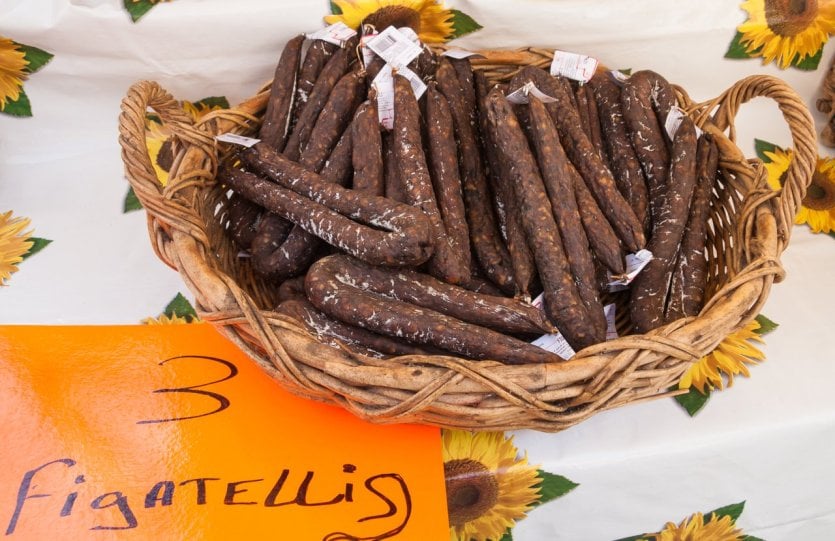
A land of character, Corsica is an enchanting island with a unique heritage. You must of course discover its natural treasures, its beaches and its typical villages, between sea and mountains. But that's not all, its strong identity has also been forged around culinary specialities which reflect the specificities of the Mediterranean territory. From north to south, cheeses, cold meats and other renowned wines invite themselves to the table of your holidays for unforgettable moments! To make your mouth water, here are 10 Corsican specialities to discover during a stay on the island.
The figatellu, a must
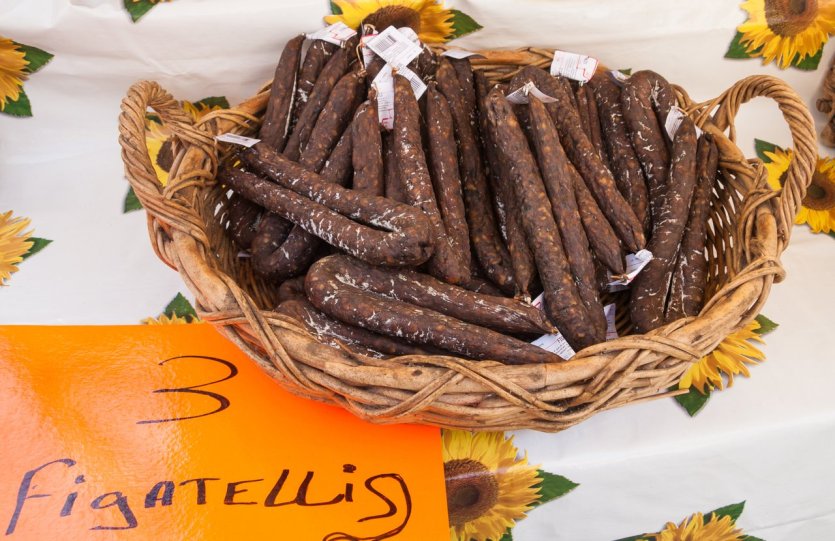
To be pronounced [figadell'] in the north of the island and [figatedd'] in the south! This meat and pork liver sausage is one of the most popular specialities in Corsica. Grilled over a wood fire or baked in the oven, it can be eaten on its own or accompanied by lentils or chestnut pulenda. Be careful however, if you visit Corsica in summer time, privilege the dry figatellu: for a fresh sausage, it will be necessary to come back in winter when it has just been produced.
Brocciu, an emblematic cheese
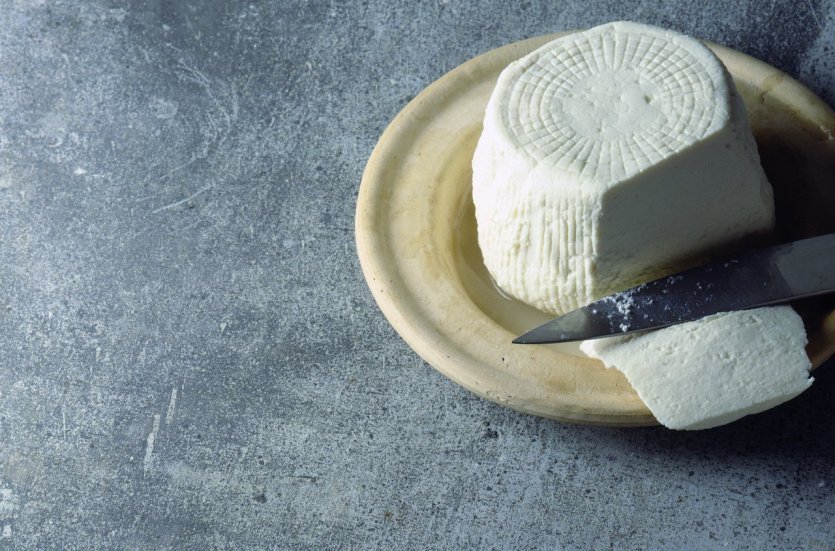
The brocciu is the Corsican cheese par excellence. A stay on the island would not be complete without having tasted it! Made from whey from sheep's or goat's milk, it is a rather mild cheese which goes wonderfully with many dishes such as cannelloni, mint omelette or fiadone, an airy lemon cake. But brocciu can also be eaten on its own, at the end of a meal or as an aperitif
Corsican charcuterie, incomparable
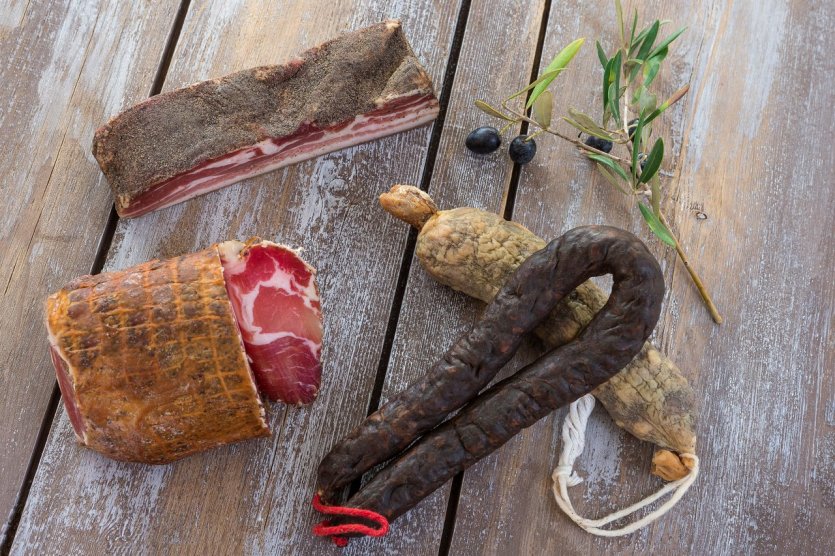
We've already told you about figatellu, but Corsican charcuterie has so many varieties that it deserves an article of its own! From coppa to lonzu through prisuttu, lovers of good charcuterie will enjoy themselves on the island. From north to south, most of the restaurants will offer tasting plates. Corsican home-made charcuterie is produced from wild pigs that feed mainly on chestnuts, which gives the meat a fragrant taste
Wild boar stew, a traditional dish
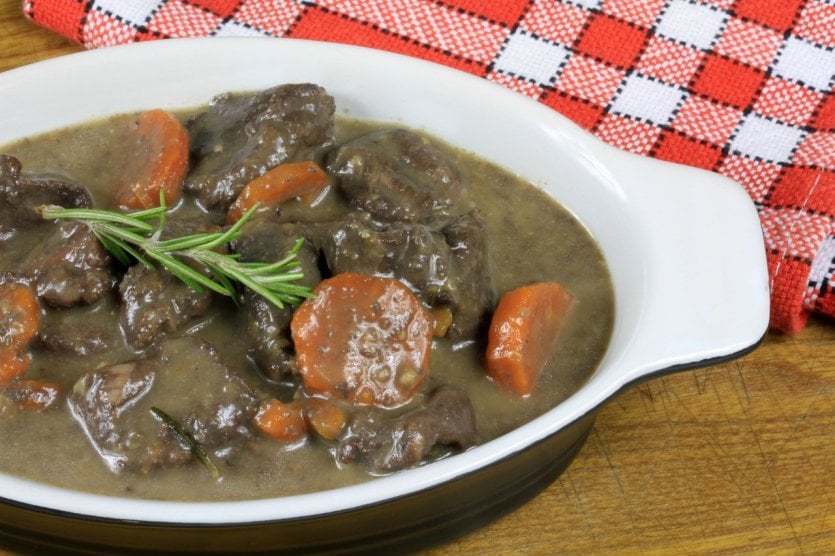
The wild boar is a typical meat of the Corsican gastronomy. Also called stufatu di cignale, the wild boar stew is a family dish which can be eaten in summer and winter. The meat is cooked in red wine before being seasoned with onion and garlic. Several variations are possible for this recipe, including wild boar stew with myrtle or chestnut. A dish with strong flavours to discover during a stay in Corsica!
Corsican honey, a local product

It is all the richness of the Corsican flora which makes honey particularly tasty! It is one of the rare honeys to benefit from a PDO. You can discover this product resulting from the know-how of the local beekeepers all year round on a slice of bread, a little brocciu or even with a spoon! There are six varieties of honey in Corsica: spring honey, spring scrubland, honeydew from the scrubland, summer scrubland, chestnut tree honey and autumn scrubland.
Corsican clementines, island treasures

Did you know that Corsican clementines were the only French clementines? They also benefit from a PGI (Protected Geographical Indication). Picked by hand with their leaves, they do not undergo any colouring treatment and are naturally seedless! Their tangy flavour, due in particular to the specificities of the island climate, makes them unique. Grown mainly on the eastern plain of the island, the clementine is the Corsican fruit par excellence.
The fiadone, the Corsican dessert
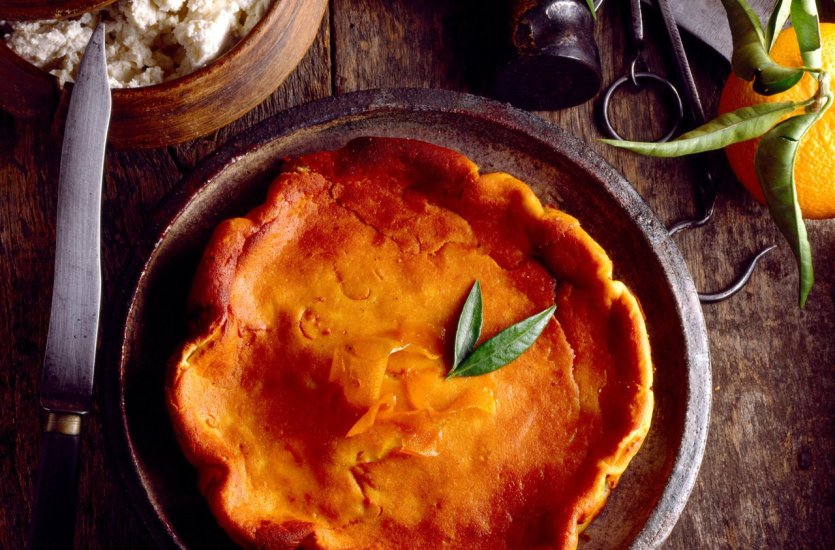
We're melting for the fiadone! This very light cake made of brocciu, eggs and a twist of lemon zest is succulent. South of Ajaccio, you will also find the imbrucciata (or ambrucciata) whose ingredients are identical: only the name and the dough change. This genius recipe is a great way to end a meal on the island. It can be accompanied by a digestive myrtle liqueur. Alongside the famous canistrelli, the fiadone is the emblem of Corsican sweets.
The canistrelli, the corsican biscuit
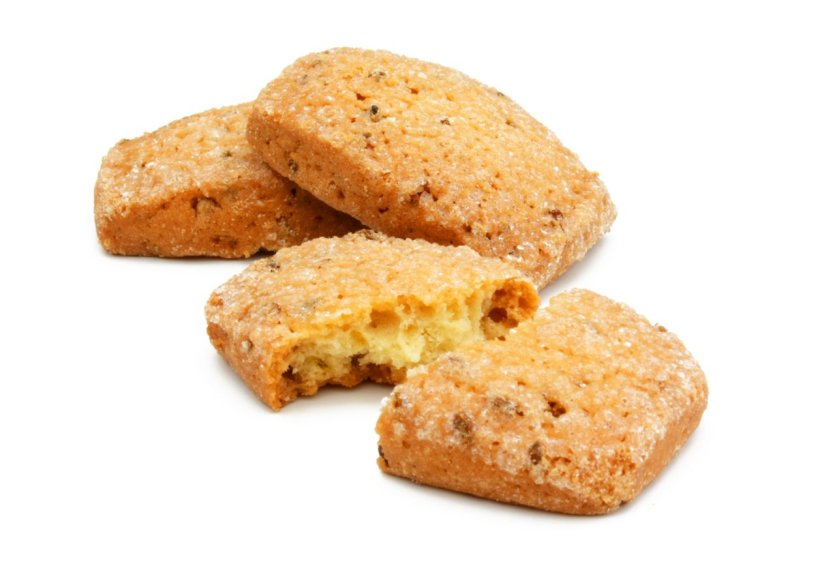
Canistrelli are part of the Corsican culinary tradition. The base of these biscuits is composed of sugar, wheat flour and white wine. The recipe can then vary according to regions or tastes by adding raisins, figs, or even myrtles. These biscuits are a delight and can be eaten at any time of day. For breakfast, they are served with a coffee while for the aperitif they are served with a Corsican Muscat!
Patrimonio and its AOC wines
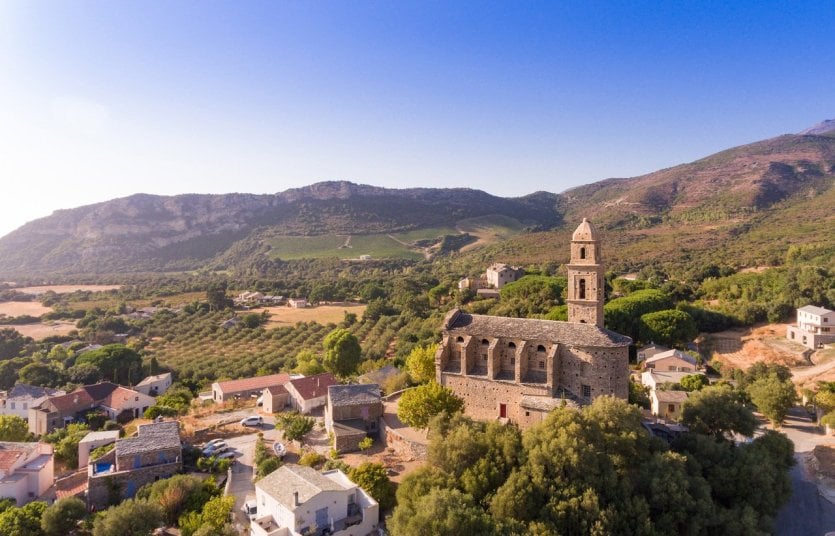
The northern part of the Nebbio region where the commune of Patrimonio is located is the wine capital of Corsica. There are many vineyards there, between sea and mountains. The wines produced in the region have an international reputation and benefit from an AOC, they will go wonderfully with all the above-mentioned dishes. Powerful reds, sweet whites or spicy rosés, all you have to do is choose your bottle!
Myrtle liqueur, the Corsican digestive
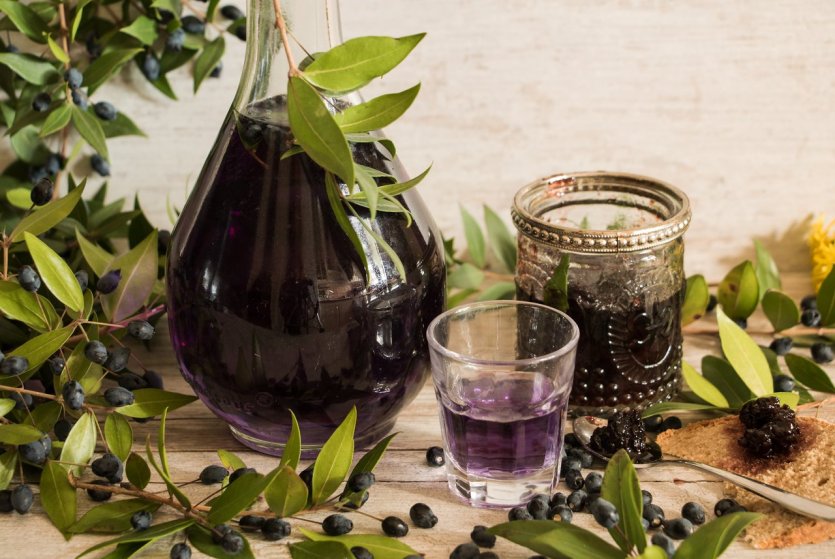
After tasting all the Corsican specialities in this article, you could use a digestif... but not just any digestif! In Corsica, myrtle liqueur is a flagship product, very popular. It will be offered to you at the end of the meal and served iced. There are two types of myrtle liqueurs in Corsica: the red one made up of berries and leaves and the white one, resulting from the maceration of young buds or depigmented berries.


